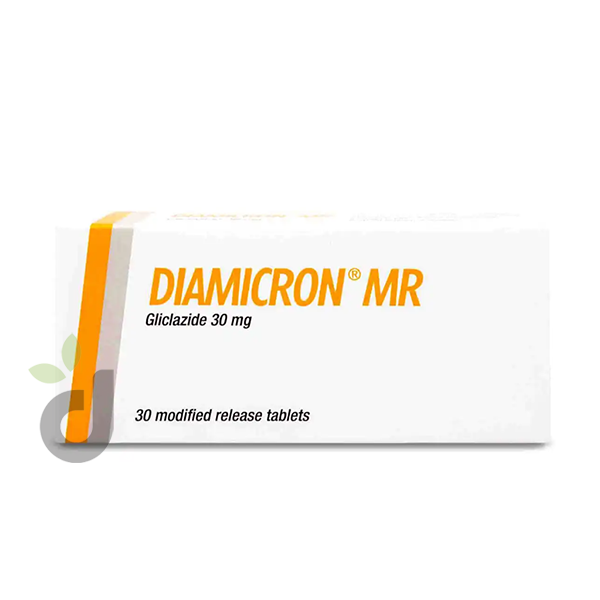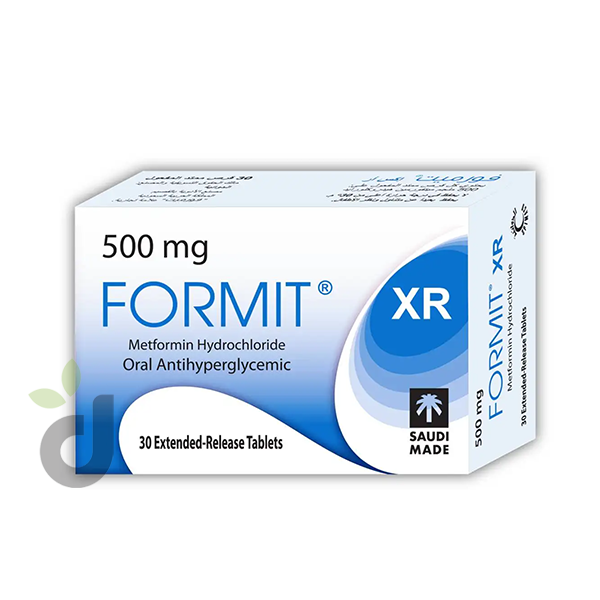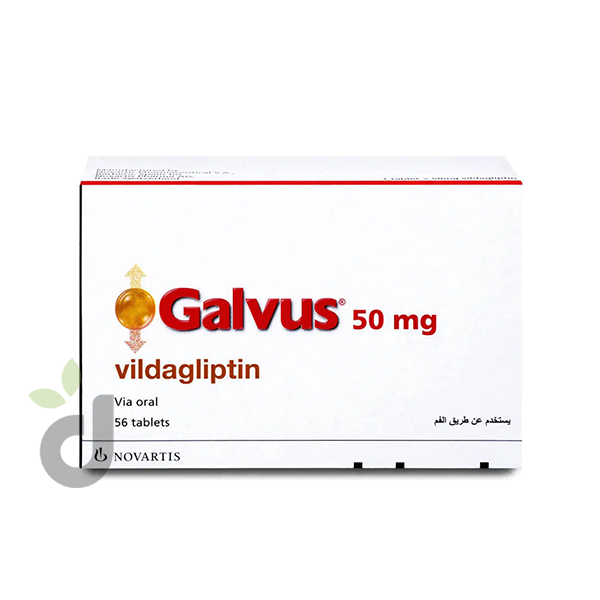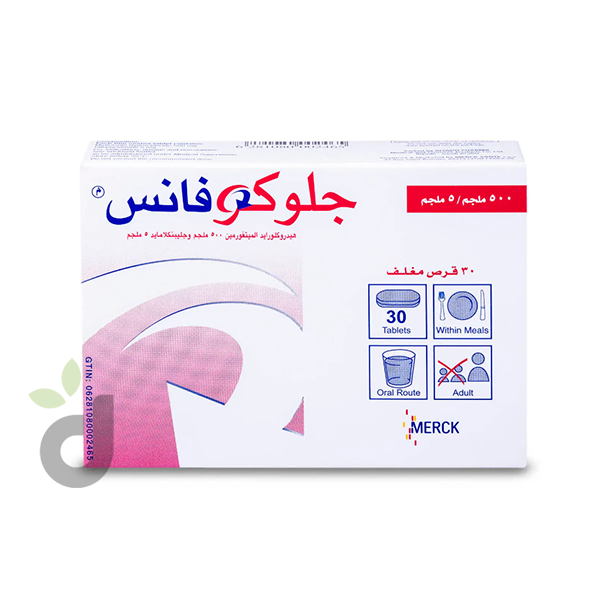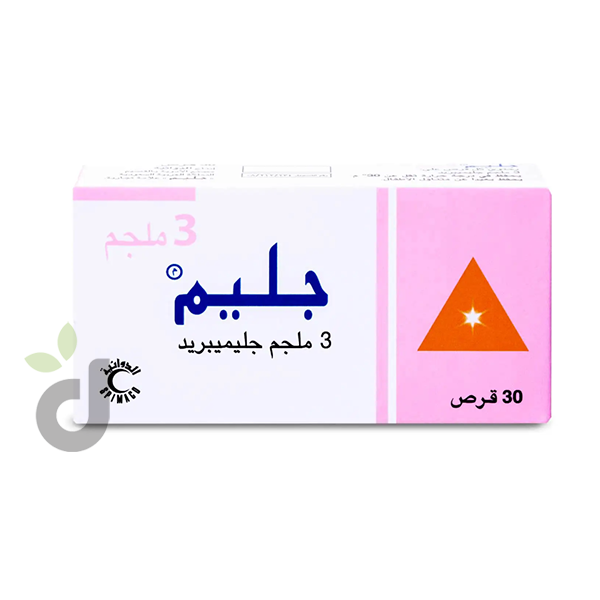



Glim 3 mg, 30 Tablets
(0
reviews)
Estimate Shipping Time:
1 Days
Inhouse product
Price
45رس
/0
Share
Top Selling Products
Reviews & Ratings
0
out of 5.0
(0
reviews)
There have been no reviews for this product yet.
Glimepiride 3 mg Tablets
?️ Product Description
Glimepiride is used to lower blood sugar levels in patients with type 2 diabetes (non-insulin-dependent) as an addition to a healthy diet and exercise.
? Do Not Take Glimepiride
- If allergic to Glimepiride, other sulfonylureas, sulfonamides, or any ingredients in this medication.
- If you have type 1 diabetes (insulin-dependent).
- If you have diabetic ketoacidosis (a serious complication with extremely high blood sugar levels).
- If you are in diabetic coma.
- If you have severe liver or kidney problems.
⚠️ Warnings & Precautions
- Inform your doctor if you have any of the following:
- Recovering from injury, surgery, infection, or stress.
- Liver or kidney issues.
- A deficiency in the enzyme glucose-6-phosphate dehydrogenase (G6PD).
- This medication may cause hypoglycemia (low blood sugar), especially if you miss a meal, over-exercise, or drink alcohol. Symptoms include nausea, hunger, shaking, dizziness, confusion, sleepiness, and sweating. You can consume sugar cubes or juice to treat these symptoms.
⚠️ Serious Side Effects
- Allergic reactions
- Low blood sugar
- Liver problems
? Other Medications and Glimepiride
- Inform your doctor about all the medications you are taking, especially:
- Medications for pain and inflammation
- Other diabetes medications
- Anticoagulants like warfarin
- Medications for high blood pressure
- Medications for irregular heart rhythms
- Cholesterol-lowering medications
- Medications for mood disorders
- Some antibiotics
- Antifungal medications
- Medications for cancer
- Birth control pills
- Medications for asthma and nasal decongestion
- Steroids
- Medications for stomach ulcers like cimetidine.
? How to Take Glimepiride
- For adults only.
- Take as directed by your doctor.
- Take with food, with your first meal of the day.
- Usual starting dose: 1 mg once daily with breakfast. Doctor may gradually increase to a maximum of 8 mg/day.
? Storage
- Store at room temperature between 20 to 25°C (68 to 77°F).
- Keep out of reach of children.
- Do not use after expiration date.
Frequently Bought Products
Top Selling Products

